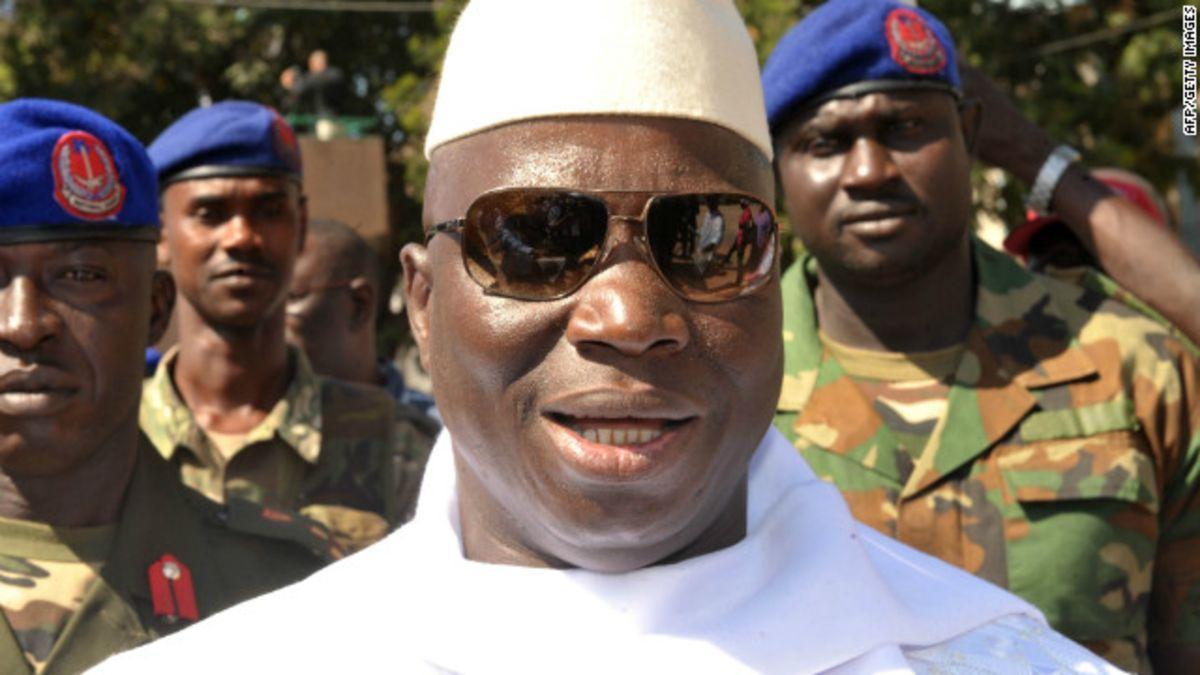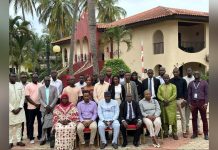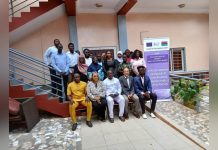Africa-Press – Gambia. Commissioner Abioseh George of the Janneh Commission appeared before the National Assembly Special Select Committee on Tuesday to outline the procedures undertaken in the sale and disposal of assets belonging to former President Yahya Jammeh.
Testifying before the panel, Ms. George said the commission had anticipated the need to sell various government-owned items, including tractors and livestock, and had developed formal procedures to ensure the process was orderly and transparent.
“In terms of the selling, we knew that we would have to deal with sales at some point of various items, not just tractors,” Ms. George said. “So the then secretary, based on meetings we had, was advised to develop a process for the disposal of items that would cover everything. So a process was developed that was shared, and everyone gave their input, and we adopted it.”
She described the process as a comprehensive guide for conducting sales, from initial planning to banking of proceeds, emphasizing its intent to maintain transparency throughout.
When questioned by counsel Dibba about whether the steps were consistently followed during the first phase of the sale, Ms. George responded, “Yes, the steps were heeded to, I think. The only thing I recall was that the banking aspect was not fully intact.”
She testified that during the second phase of the process, the procedures were slightly amended. Instead of the secretariat staff handling cash transactions, they sought assistance from the Central Bank, as there were not enough cashiers available at that time. Ultimately, they received support from the Accountant General’s office to manage this aspect, reducing the need to rely on banking staff.
She added that after the sales, a report was prepared by the then-Secretary, Alhagie Mamadi Kurang, in collaboration with a team of accountants. The team reviewed the documents, including receipts and reserve prices, and highlighted instances where items were sold below the reserve, which was duly discussed.
She also noted that reports received by the commission indicated that tractors were being cannibalized, with parts being removed, leading to a deterioration in the value of the assets. Consequently, the primary objective was to recover as much value as possible to prevent waste. The reserve price served as the guiding benchmark for the sales.
For More News And Analysis About Gambia Follow Africa-Press






